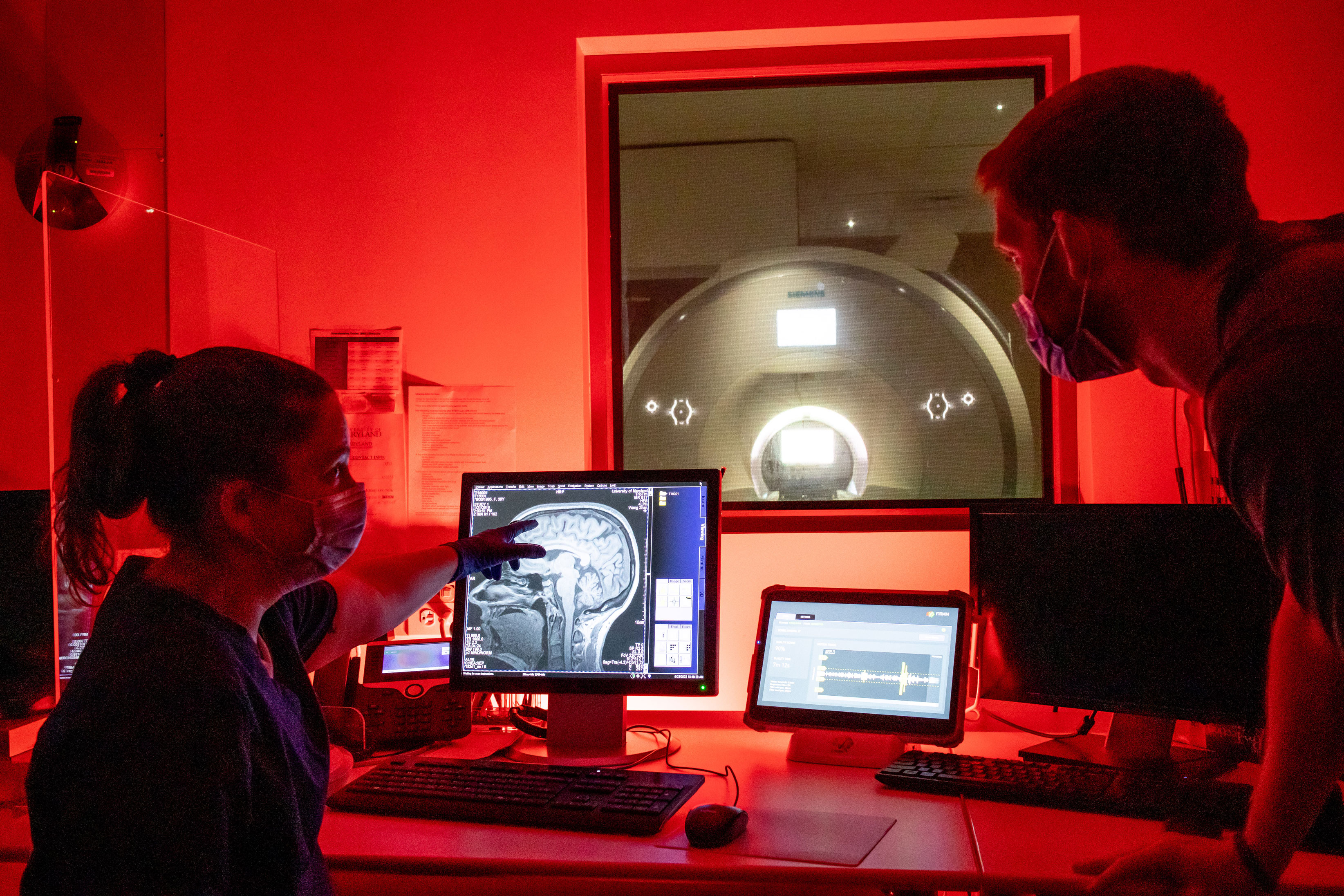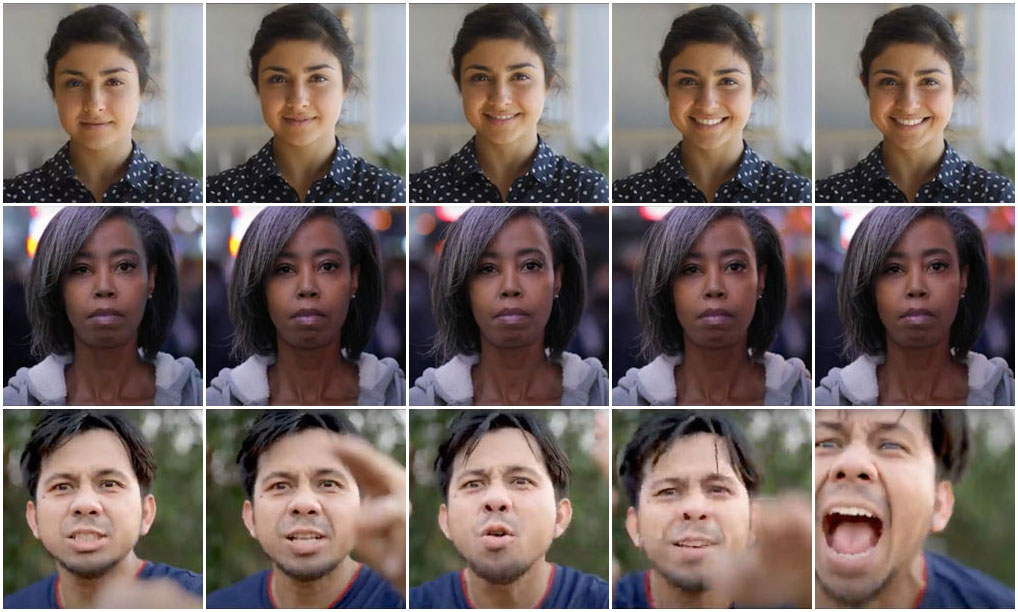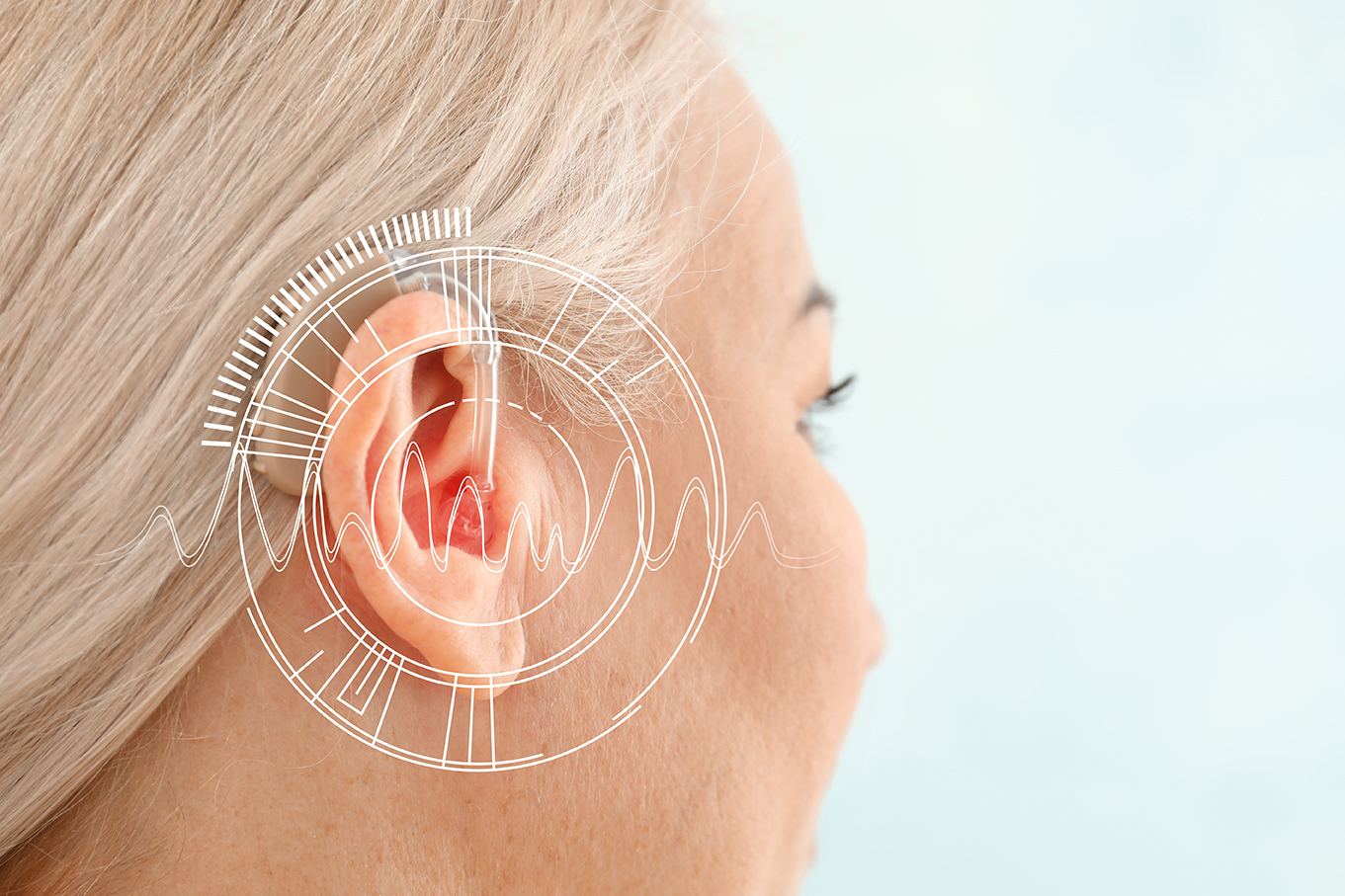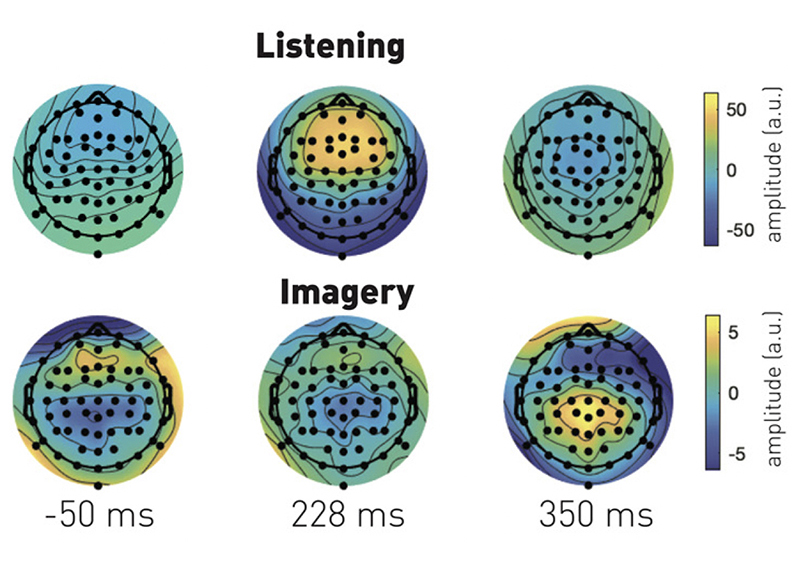News Story
Flashes Before Your Eyes: Non-invasive Visual Stimulation May Prime Cortex to Improve Vision
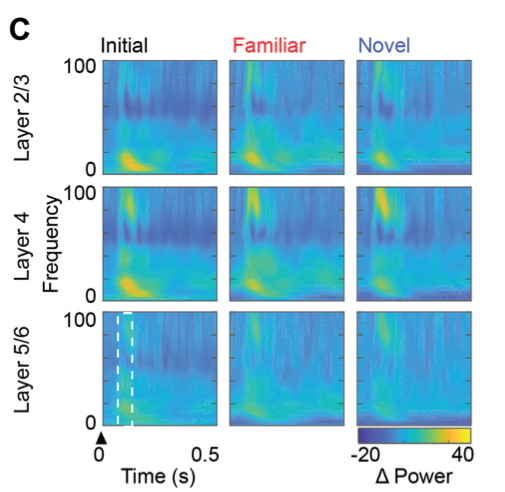
Heat map depicting the power of rhythmic oscillations in the visual cortex (by frequency, vertical axis) over time post visual stimulation (arrowhead, horizontal axis). Following repetitive high frequency stimulation, simple familiar and novel visual stimuli evoked an increase in the power of high frequency oscillatory activity.
It has long been known that sensory stimulation, either through practice or repetitive presentations of sensory stimuli, can lead to long-lasting changes in perceptual detection thresholds.
Now, a new paper published in the journal Cerebral Cortex Communications by Crystal Lantz, a postdoctoral associate in biology, and Elizabeth Quinlan, a professor of biology and director of the University of Maryland’s Brain and Behavior Institute, shows that these changes in perceptual thresholds are reflected in the visual cortex. In "High frequency visual stimulation primes gamma oscillations for visually-evoked phase reset and enhances spatial acuity," Lantz and Quinlan show that high and low frequency visual stimulation engage distinct cortical mechanisms with distinct consequences for vision.
Researchers have established that high frequency stimulation, such as rapid light flashes, enhances the amplitude of visually-evoked physiological responses and decreases visual detections thresholds. In contrast, low frequency stimulation decreases the amplitude of physiological responses and elevates visual detection thresholds. However, surprisingly little is known about how circuits in visual cortex respond to distinct temporal parameters of sensory stimulation to mediate these responses.
In the new paper, Lantz and Quinlan show that repetitive stimulation of the mouse visual system with a stimulus that is flickering at low frequency (2 Hz) results in a potentiation of visual responses that is limited to a specific layer of the visual cortex, and is observed only in response to the familiar stimulus. In contrast, repetitive stimulation at high frequency (20 Hz) results in a potentiation of visual responses throughout all layers of the visual cortex and is observed in response to familiar and novel visual stimuli. Importantly, high frequency, but not low frequency, stimulation suppresses the activity of a class of inhibitory interneurons in the visual cortex, which can prime ongoing rhythmic activity in the cortex to be reset by visual stimulation. Therefore, following high frequency stimulation, both familiar and novel visual stimulation reset ongoing cortical rhythms, resulting in larger visually-evoked response amplitudes.
This novel form of generalized visual response enhancement observed following high frequency stimulation is paralleled by an increase in visual acuity, measured as improved performance in a visual detection task. The ability to enhance sensory perception with non-invasive repetitive stimulation holds promise for treatment of sensory loss following injury, disease and aging.
Published March 22, 2021




